Home>Garden Essentials>Why Are Some Pumpkin Seeds Green
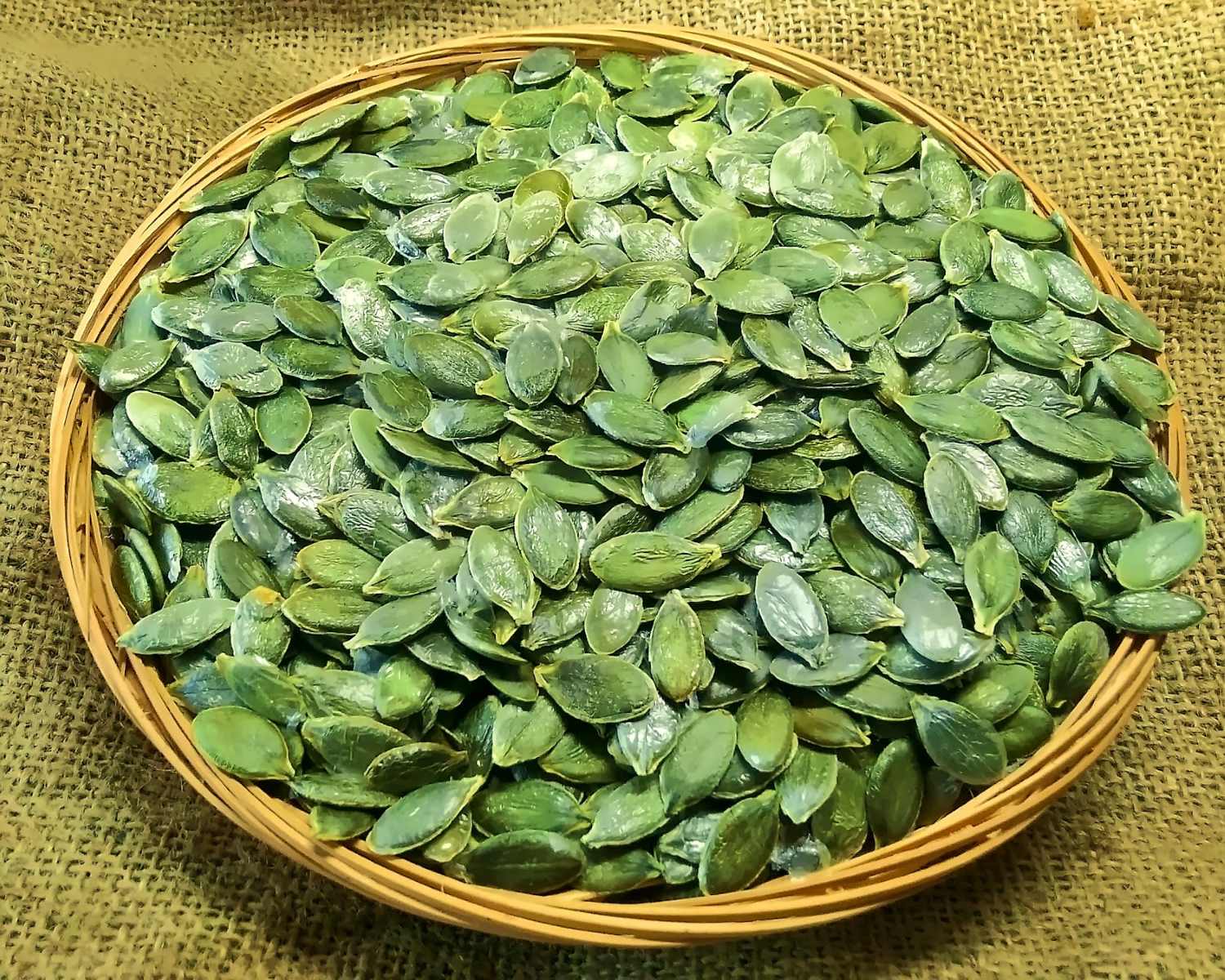

Garden Essentials
Why Are Some Pumpkin Seeds Green
Modified: March 16, 2024
Discover why some pumpkin seeds are green and learn how to grow your own garden full of vibrant and nutritious varieties.
(Many of the links in this article redirect to a specific reviewed product. Your purchase of these products through affiliate links helps to generate commission for Storables.com, at no extra cost. Learn more)
Introduction
Welcome to the fascinating world of pumpkin seeds! When you think of pumpkin seeds, you might envision the classic tan-colored seeds that are so commonly found in stores and used in various culinary recipes. However, you may be surprised to learn that not all pumpkin seeds are created equal. Some pumpkin seeds boast a vibrant shade of green, which adds a unique twist to their appearance and characteristics.
In this article, we will dive deep into the world of green pumpkin seeds. We will explore the genetics behind this fascinating color variation, understand the role of chlorophyll in giving pumpkin seeds their green hue, delve into the environmental factors that can influence the color of pumpkin seeds, uncover the health benefits of green pumpkin seeds, and explore culinary uses for these vibrant seeds.
So, whether you’re a gardening enthusiast, a nutrition aficionado, or simply curious about the diversity and wonders of nature, join us on this journey as we unravel the mysteries of why some pumpkin seeds are green.
Key Takeaways:
- Green pumpkin seeds get their unique color from a genetic mutation that boosts chlorophyll production. This mutation creates a striking contrast to the common tan seeds, making them a rare and fascinating find in the pumpkin world.
- Green pumpkin seeds offer not only visual appeal but also a treasure trove of health benefits. Packed with nutrients and antioxidants, they can support heart health, brain function, bone strength, and more. Plus, they add a vibrant twist to culinary creations!
Read more: Why Are Pumpkin Seeds Good For Males
The Genetics of Pumpkin Seeds
Understanding the genetics behind the color variation in pumpkin seeds is key to grasping why some seeds are green. Pumpkin plants, like all plants, have DNA that determines their physical traits, including the color of their seeds.
Typically, pumpkin seeds have a beige or tan color, which is attributed to the presence of a pigment called carotenoids. Carotenoids are responsible for the orange and yellow colors seen in many fruits and vegetables, such as carrots and tomatoes.
However, in certain pumpkin varieties, a genetic mutation occurs that alters the production of carotenoids. This mutation hampers the synthesis of carotenoids and instead enhances the production of chlorophyll, the pigment responsible for the green color in plants.
This genetic aberration results in pumpkin seeds that are green in color, creating a visually striking contrast to the more common tan-colored seeds. It’s important to note that this genetic mutation is relatively rare, making green pumpkin seeds a unique find.
Furthermore, the genetics of pumpkin seeds can be influenced by crossbreeding different pumpkin varieties. By selectively choosing parent plants with the desired traits, such as green seeds, breeders can create new varieties that exhibit this unique characteristic.
Now that we have a better understanding of the genetics at play, let’s delve into the role of chlorophyll in giving pumpkin seeds their vibrant green hue.
The Role of Chlorophyll
Chlorophyll is perhaps one of the most important pigments in the natural world. It is responsible for the green coloration in plants, as well as their ability to carry out photosynthesis, the process by which plants convert sunlight into energy.
In pumpkin seeds, the presence of chlorophyll gives them their vivid green color. During the early stages of seed development, chlorophyll is synthesized within the cells of the seed coating. As the seed matures, the chlorophyll concentration increases, resulting in a more pronounced green color.
Interestingly, chlorophyll not only offers aesthetic appeal to green pumpkin seeds but also plays a vital role in their nutritional value. Chlorophyll is a powerhouse of nutrients, known for its antioxidant properties and potential health benefits. It is rich in vitamins A, C, E, and K, as well as essential minerals like iron and magnesium.
Beyond its nutritional value, chlorophyll also contributes to the overall vitality and growth of plants. It aids in the absorption of sunlight, the key energy source for plants, and facilitates the conversion of carbon dioxide into oxygen.
So, in addition to giving green pumpkin seeds their distinct appearance, chlorophyll provides an array of health benefits and contributes to the growth and development of the entire pumpkin plant.
Now that we have explored the role of chlorophyll, let’s examine the environmental factors that come into play and influence the color of pumpkin seeds.
Environmental Factors and Green Pumpkin Seeds
While genetics play a significant role in determining the color of pumpkin seeds, environmental factors can also have an impact on seed coloration. The environment in which the pumpkin plant grows can influence the expression of certain traits, including the presence of green seeds.
One environmental factor that can influence seed color is temperature. Cooler temperatures during the development of pumpkin seeds have been observed to increase the likelihood of green seed formation. This may be due to the effect of temperature on the expression of genes related to seed coloration.
In addition to temperature, light exposure can also impact seed color. Pumpkin plants grown in areas with higher sunlight intensity tend to produce seeds that are darker in color, while those grown in shadier conditions may exhibit greener seeds.
The soil composition can also play a role in determining seed color. Certain soil conditions, such as higher nitrogen levels, have been associated with the production of greener pumpkin seeds. This may be due to the impact of nutrient availability on chlorophyll synthesis within the seeds.
It’s important to note that although environmental factors can influence the color of pumpkin seeds, the genetic makeup of the plant remains the primary determinant. Environmental factors may act as triggers or modifiers, enhancing or diminishing the expression of certain traits.
Furthermore, it’s crucial to remember that the color of pumpkin seeds, whether green or tan, does not affect their quality or taste. Both variations offer the same nutritional benefits and can be used in a variety of culinary applications.
Now that we have explored environmental factors, let’s shift our focus to the health benefits that green pumpkin seeds offer.
Pumpkin seeds can be green due to the presence of chlorophyll, the pigment responsible for the green color in plants. This can happen when the seeds are not fully matured or when they come from certain varieties of pumpkins.
Health Benefits of Green Pumpkin Seeds
Green pumpkin seeds not only add a vibrant pop of color to dishes, but they also provide numerous health benefits packed within their small size. Let’s explore some of the remarkable health benefits that these emerald gems offer:
1. Rich in Nutrients: Green pumpkin seeds are a powerhouse of essential nutrients. They are a good source of protein, healthy fats, fiber, vitamins (such as vitamin E and B-complex vitamins), and minerals (including magnesium, iron, and zinc). These nutrients support overall health, contribute to proper digestion, and help boost the immune system.
2. Antioxidant Properties: The rich green color of these seeds is a result of the presence of chlorophyll, which is a potent antioxidant. Antioxidants help protect the body against free radicals, which can cause cellular damage and contribute to various chronic diseases.
3. Heart Health: Green pumpkin seeds are known for their heart-healthy properties. They contain phytosterols, which help lower cholesterol levels, reducing the risk of heart disease. Additionally, they are a good source of magnesium, which plays a vital role in maintaining a healthy heart rhythm and blood pressure.
4. Promote Brain Health: The high levels of antioxidants found in green pumpkin seeds contribute to brain health by combating oxidative stress and reducing inflammation. They also provide essential nutrients that support cognitive function and may help improve memory and focus.
5. Bone Health: The minerals present in green pumpkin seeds, such as magnesium, phosphorus, and zinc, are crucial for maintaining healthy bones and teeth. They aid in bone development and strength, reducing the risk of conditions like osteoporosis.
6. Boost Immunity: Green pumpkin seeds contain zinc, which plays a vital role in strengthening the immune system. Zinc is involved in the production of immune cells and supports immune function, helping to fight off infections and prevent illness.
7. Weight Management: With their high fiber and protein content, green pumpkin seeds can help you feel fuller for longer, curbing cravings and supporting weight management efforts. They provide sustainable energy and can be a nutritious addition to a balanced diet.
These are just a few of the many health benefits that green pumpkin seeds offer. Incorporating them into your diet can be a delicious and nutritious way to boost your overall well-being.
Now that we’ve explored their health benefits, let’s take a look at the culinary uses of green pumpkin seeds.
Read more: How Many Seeds Are In A Pumpkin
Culinary Uses of Green Pumpkin Seeds
Green pumpkin seeds offer a unique twist to culinary creations with their vibrant color and nutty flavor. Let’s discover some delightful ways to incorporate these seeds into your favorite dishes:
1. Snack on Them: Enjoy green pumpkin seeds as a tasty and nutritious snack on their own. Roast them with a sprinkle of sea salt or your favorite seasoning for an irresistible crunchy treat.
2. Salad Toppings: Add a pop of color and texture to salads by sprinkling green pumpkin seeds on top. They can provide a delicious crunch and enhance the overall flavor profile of the dish.
3. Baking Recipes: Green pumpkin seeds can be used in various baking recipes. Incorporate them into bread, muffins, or cookies for added nutritional value and a delightful nutty taste.
4. Smoothie Boosters: Blend green pumpkin seeds into your favorite smoothies for an extra dose of protein, healthy fats, and fiber. They can add thickness and richness to your smoothie while providing added nutritional benefits.
5. Trail Mixes: Create your own homemade trail mix by combining green pumpkin seeds with dried fruits, nuts, and dark chocolate chunks. This versatile snack is perfect for hiking, road trips, or simply as an energizing pick-me-up during the day.
6. Savory Dishes: Use green pumpkin seeds as a crunchy topping for savory dishes like soups, stews, or roasted vegetables. They can add texture, flavor, and visual appeal to your culinary creations.
7. Pesto and Sauce Enhancers: Grind or blend green pumpkin seeds into a powder to use as a flavorful addition to pesto sauces, dressings, or condiments. The rich, nutty taste can elevate the flavor profile of your favorite dishes.
With their vibrant green color and nutritional benefits, green pumpkin seeds offer endless possibilities in the kitchen. Don’t be afraid to get creative and experiment with these versatile seeds to discover new and exciting culinary combinations.
As we come to the end of our exploration of green pumpkin seeds, we hope you’ve gained a deeper understanding of why some pumpkin seeds are green. Whether you grow them in your garden, appreciate their health benefits, or enjoy their culinary uses, these green-hued seeds are truly a fascinating gift from nature.
Conclusion
In conclusion, the world of pumpkin seeds is not limited to the familiar tan color. The fascinating green pumpkin seeds add a vibrant and unique touch to the seed collection.
We have explored the genetics behind green pumpkin seeds, understanding how a genetic mutation affects the production of carotenoids and enhances the synthesis of chlorophyll, resulting in their distinct hue.
Environmental factors such as temperature, light exposure, and soil composition can also influence the color of pumpkin seeds, with cooler temperatures and higher sunlight intensity favoring the formation of green seeds.
Green pumpkin seeds offer not only visual aesthetics but also a range of health benefits. They are packed with essential nutrients, antioxidants, and can contribute to heart health, brain function, bone strength, and more.
Culinarily, green pumpkin seeds can be enjoyed as a snack, used as salad toppings, incorporated into baking recipes, added to smoothies, included in trail mixes, and can enhance the flavor of savory dishes, pesto, and sauces.
While the genetic makeup of pumpkin plants plays a primary role in determining seed color, environmental factors and crossbreeding can also influence their hues. Regardless of their color, both green and tan pumpkin seeds offer nutritional benefits and can be incorporated into various culinary creations.
So, next time you come across green pumpkin seeds, embrace their uniqueness and explore the possibilities to include them in your healthy and delicious endeavors.
Join us on this journey into the world of green pumpkin seeds and discover the wonders that nature holds within these vibrant, nutritious seeds.
To sum it up, green pumpkin seeds are a testament to the diversity and beauty found in the plant kingdom—a reminder that nature never ceases to surprise and delight us with its intricate genetic compositions.
Frequently Asked Questions about Why Are Some Pumpkin Seeds Green
Was this page helpful?
At Storables.com, we guarantee accurate and reliable information. Our content, validated by Expert Board Contributors, is crafted following stringent Editorial Policies. We're committed to providing you with well-researched, expert-backed insights for all your informational needs.
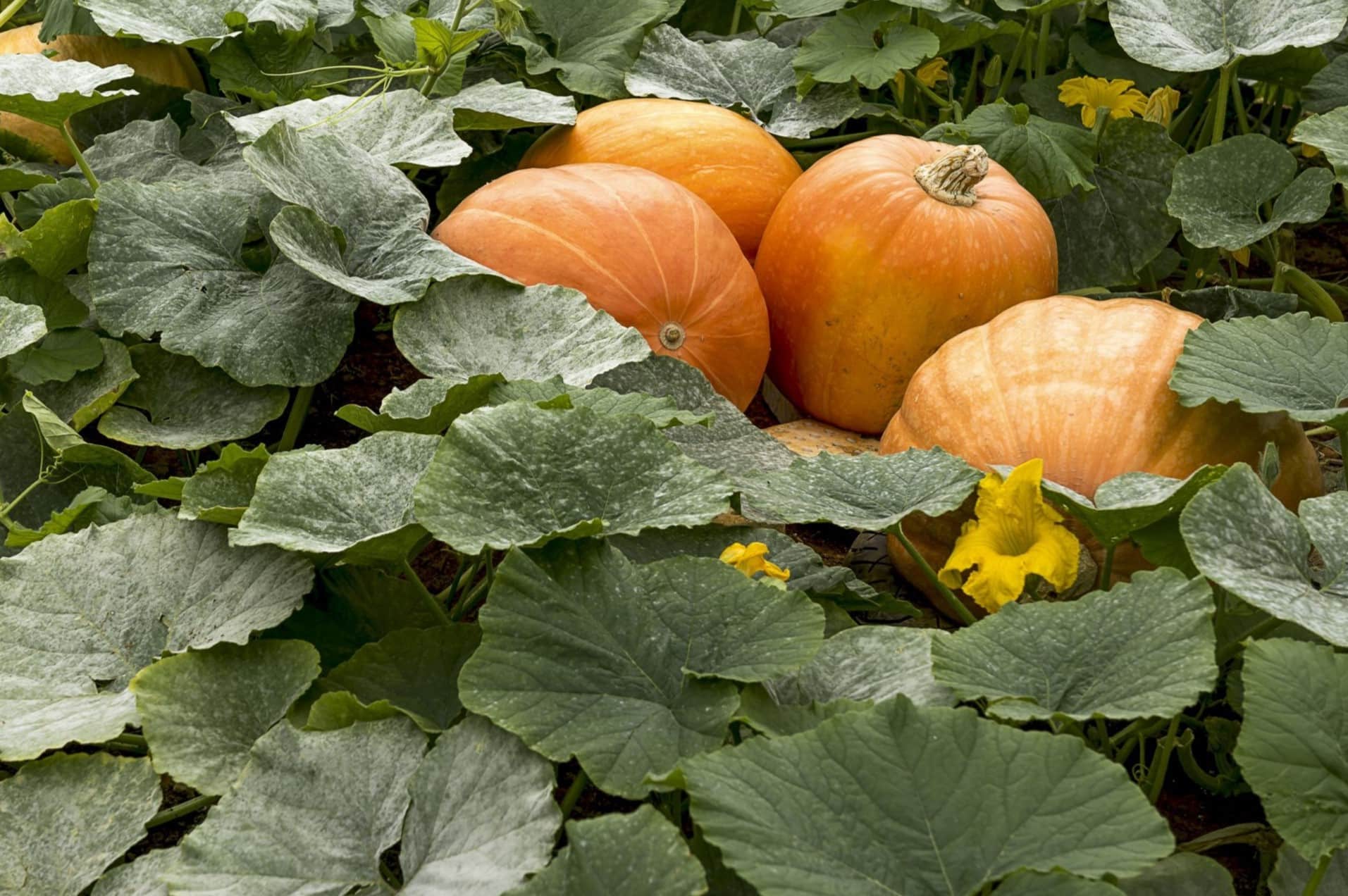
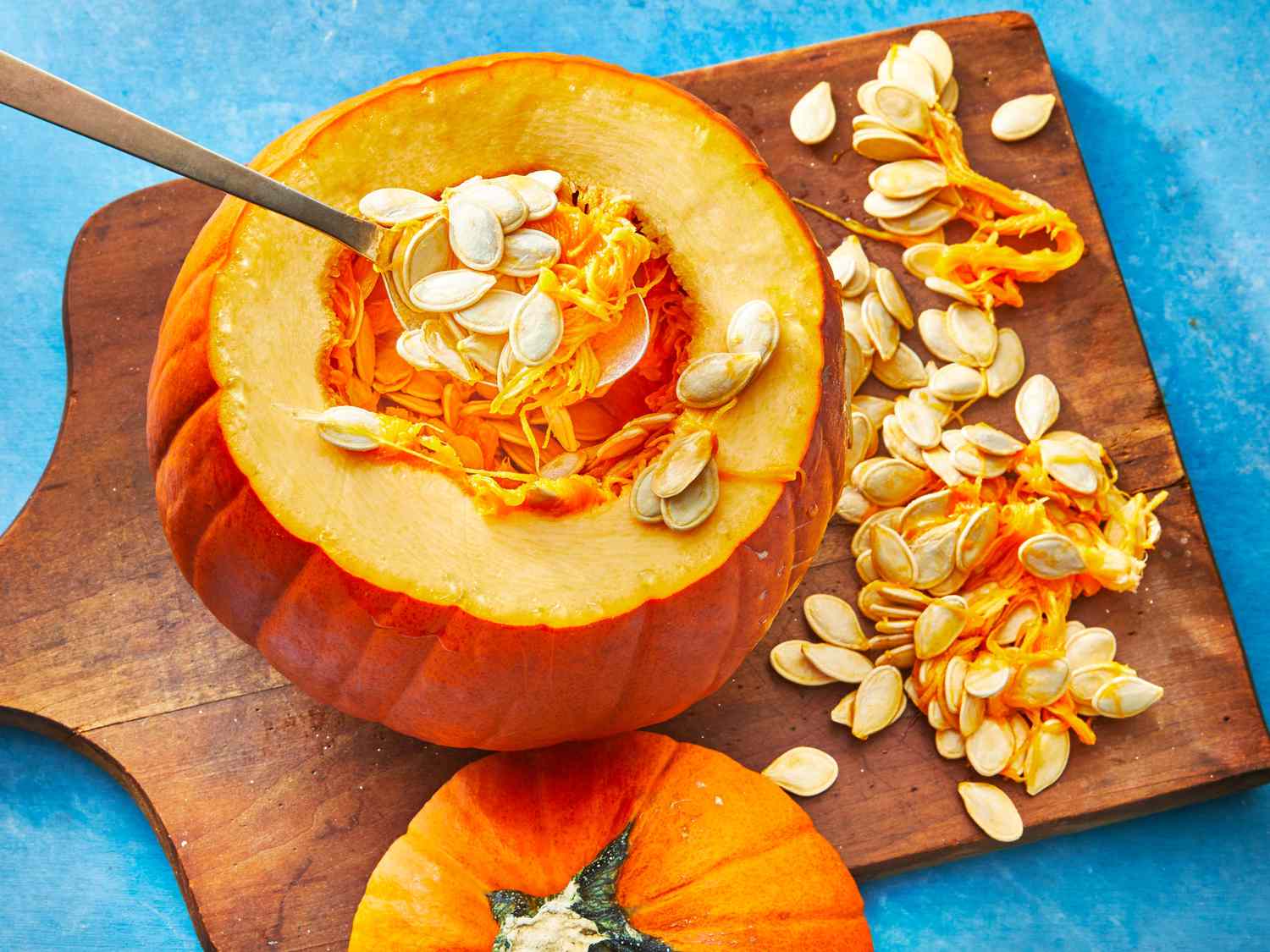
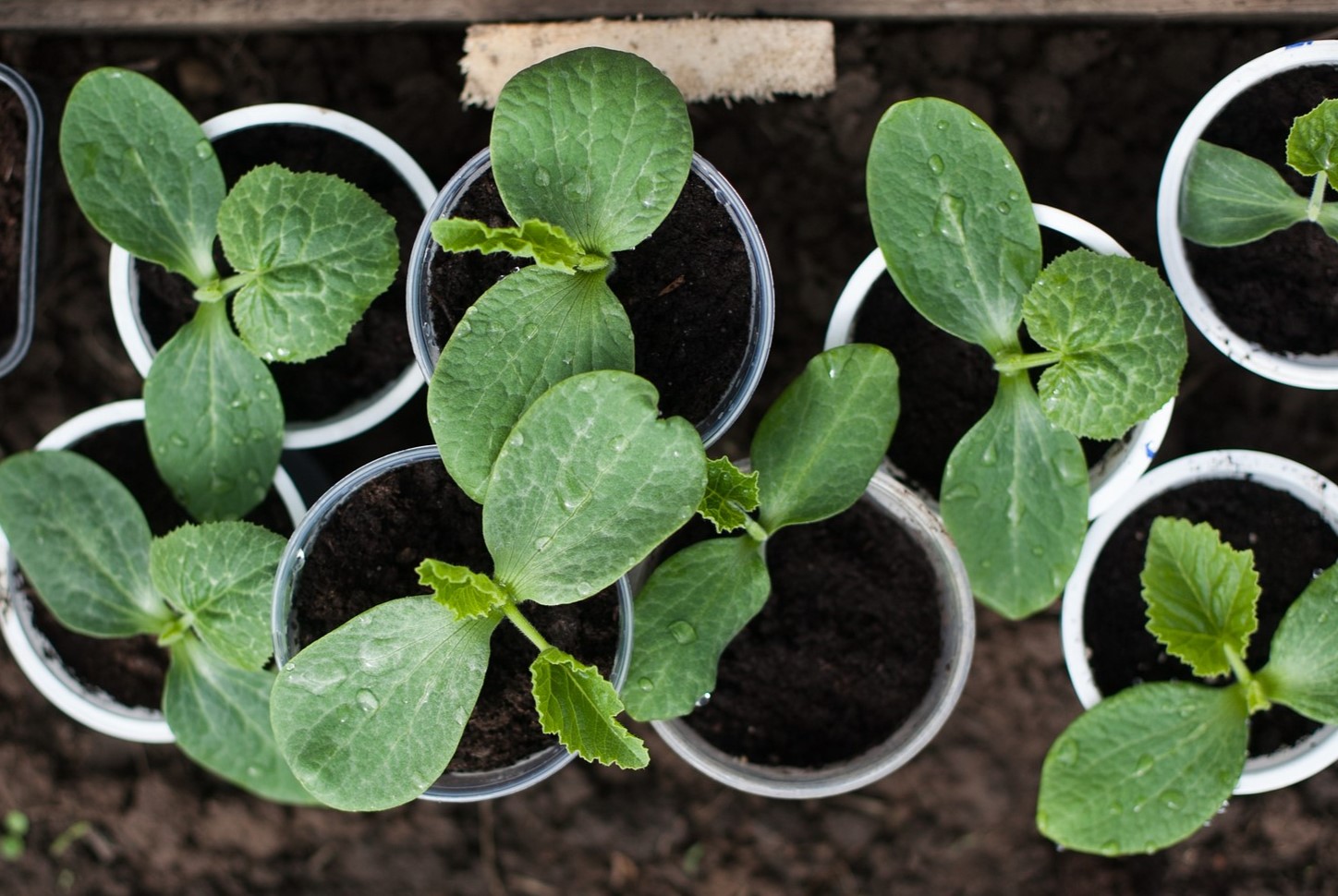
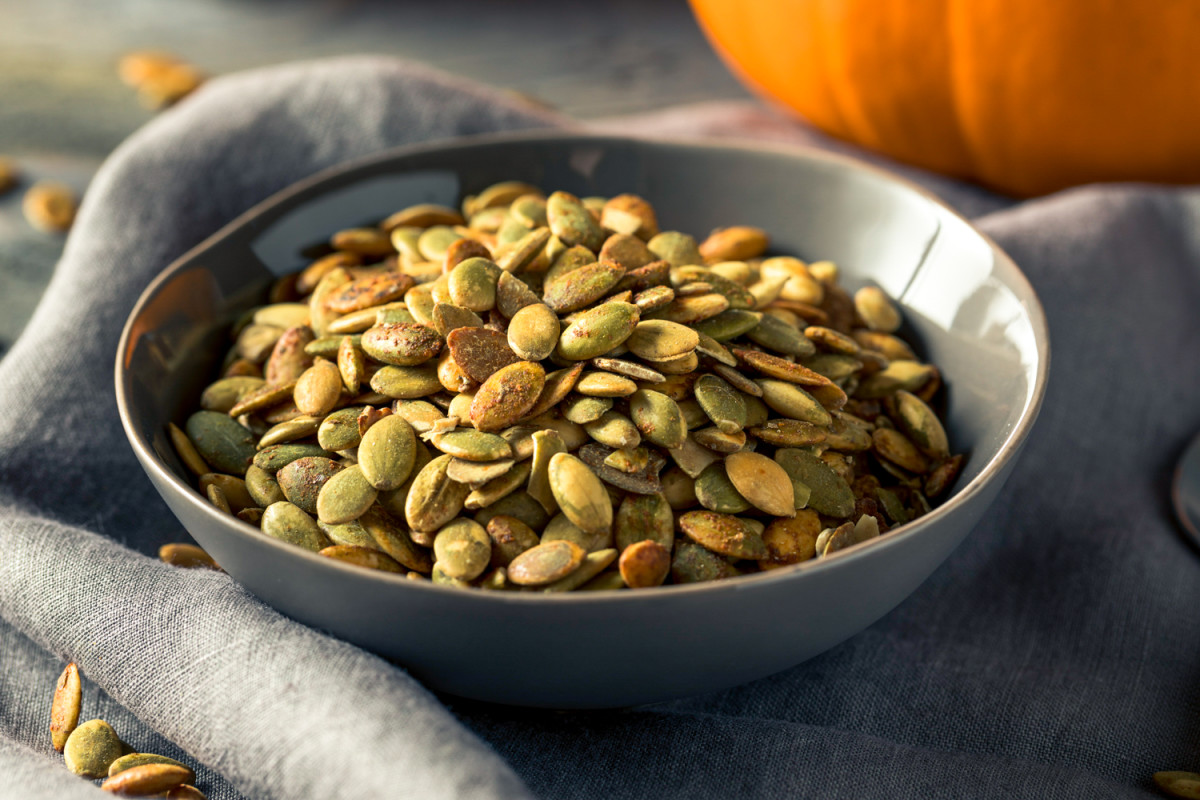
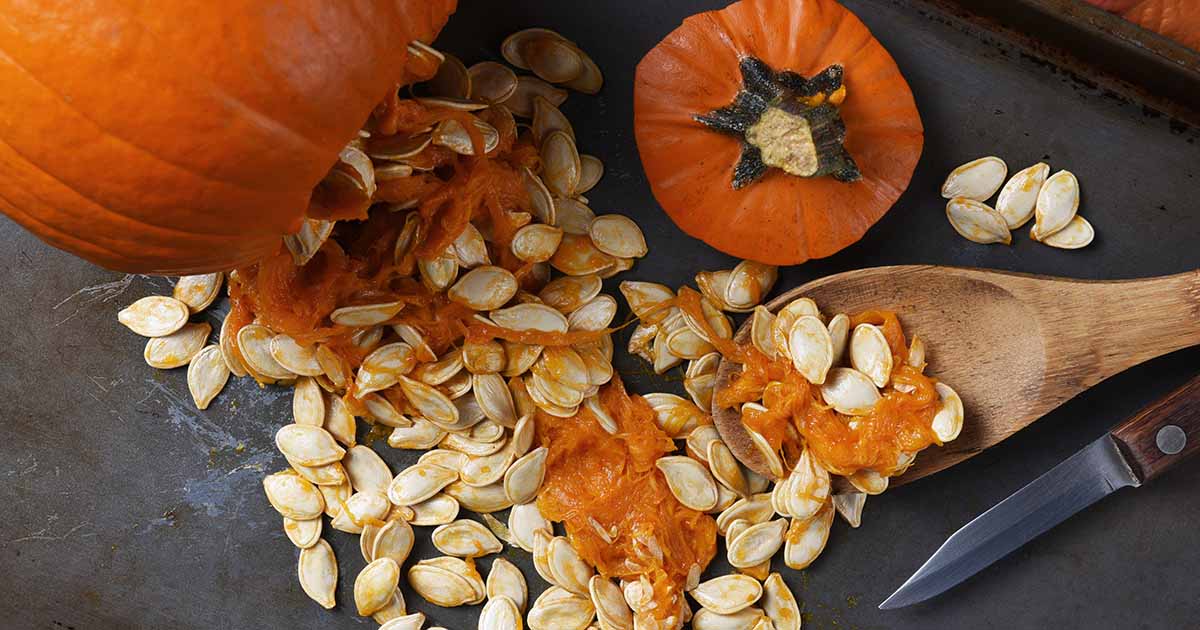


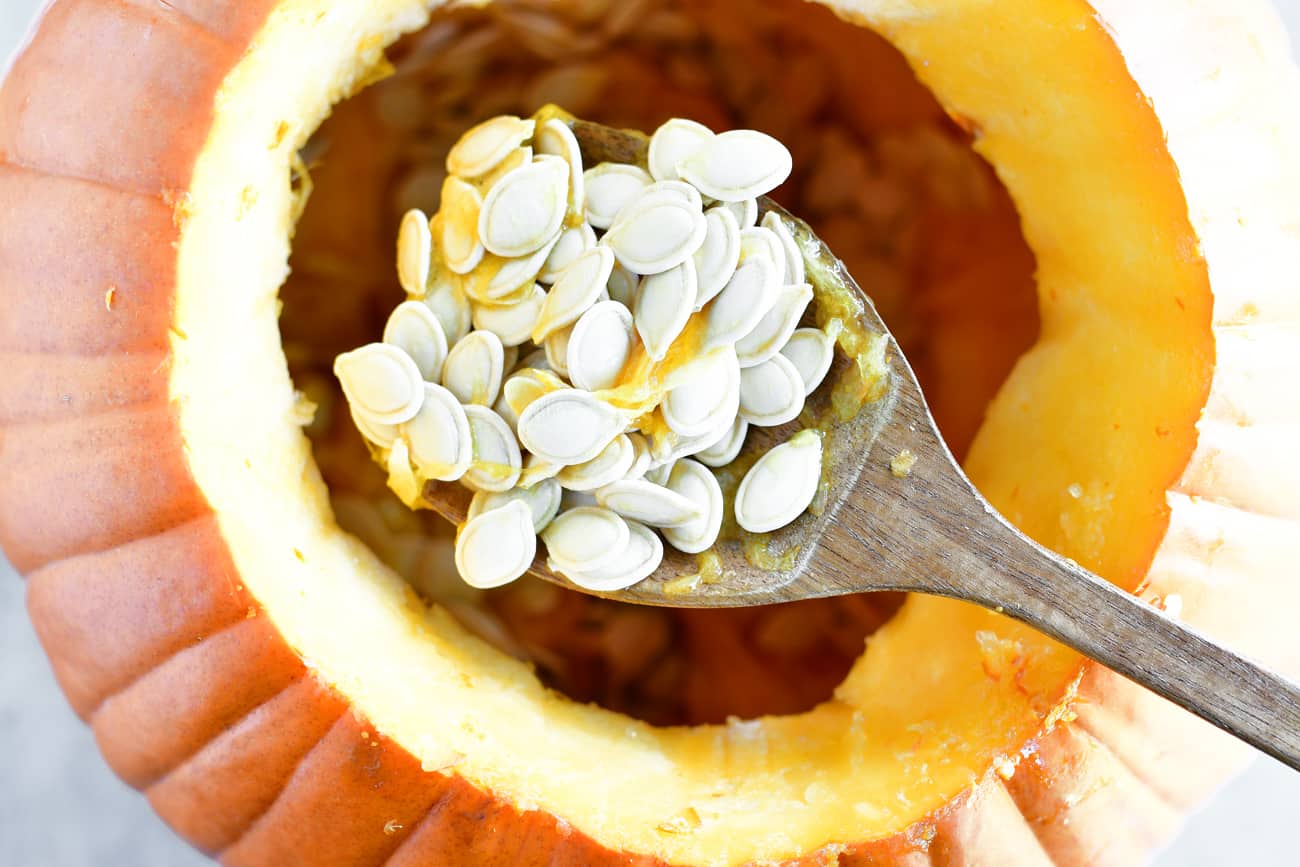
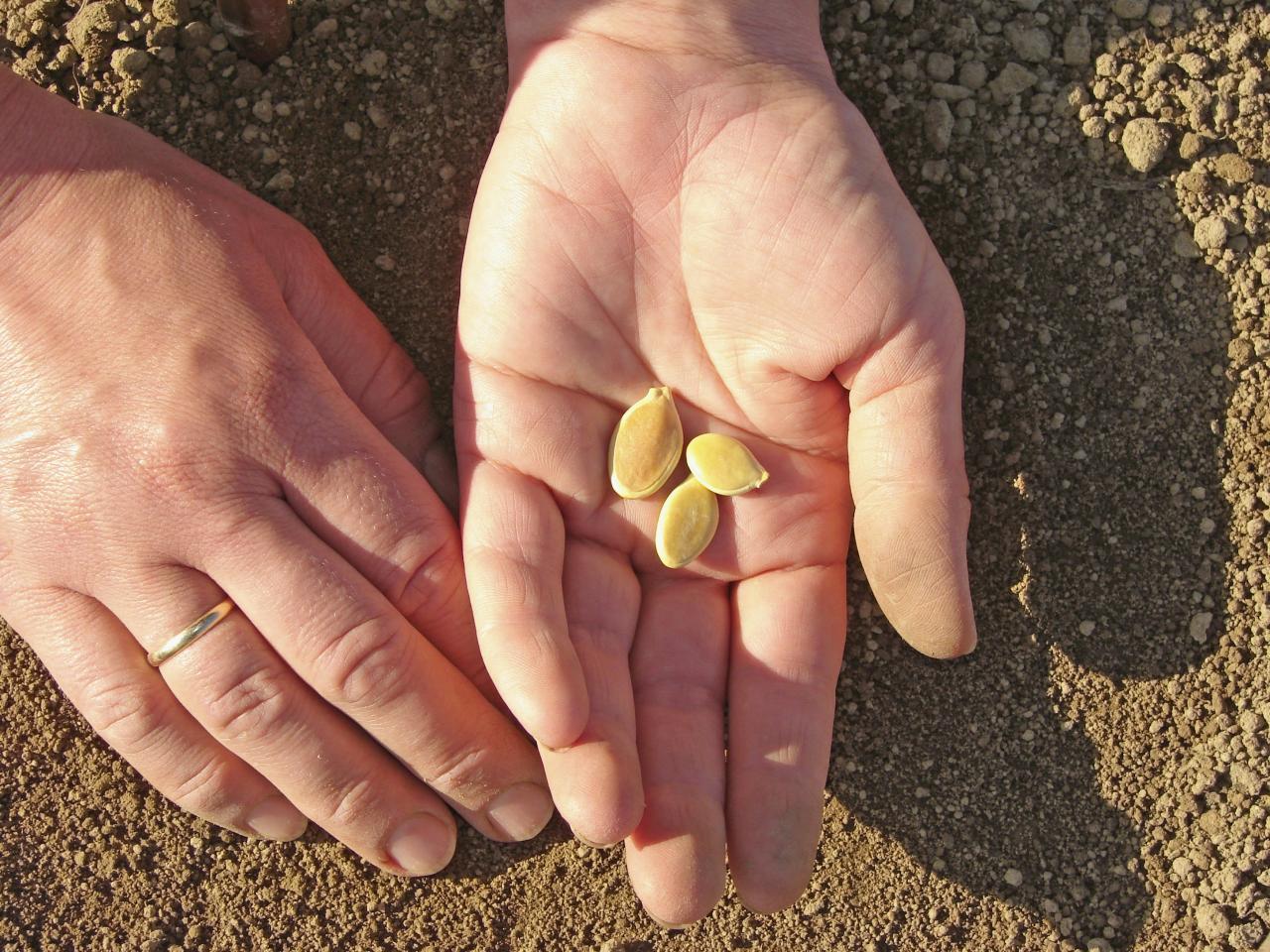
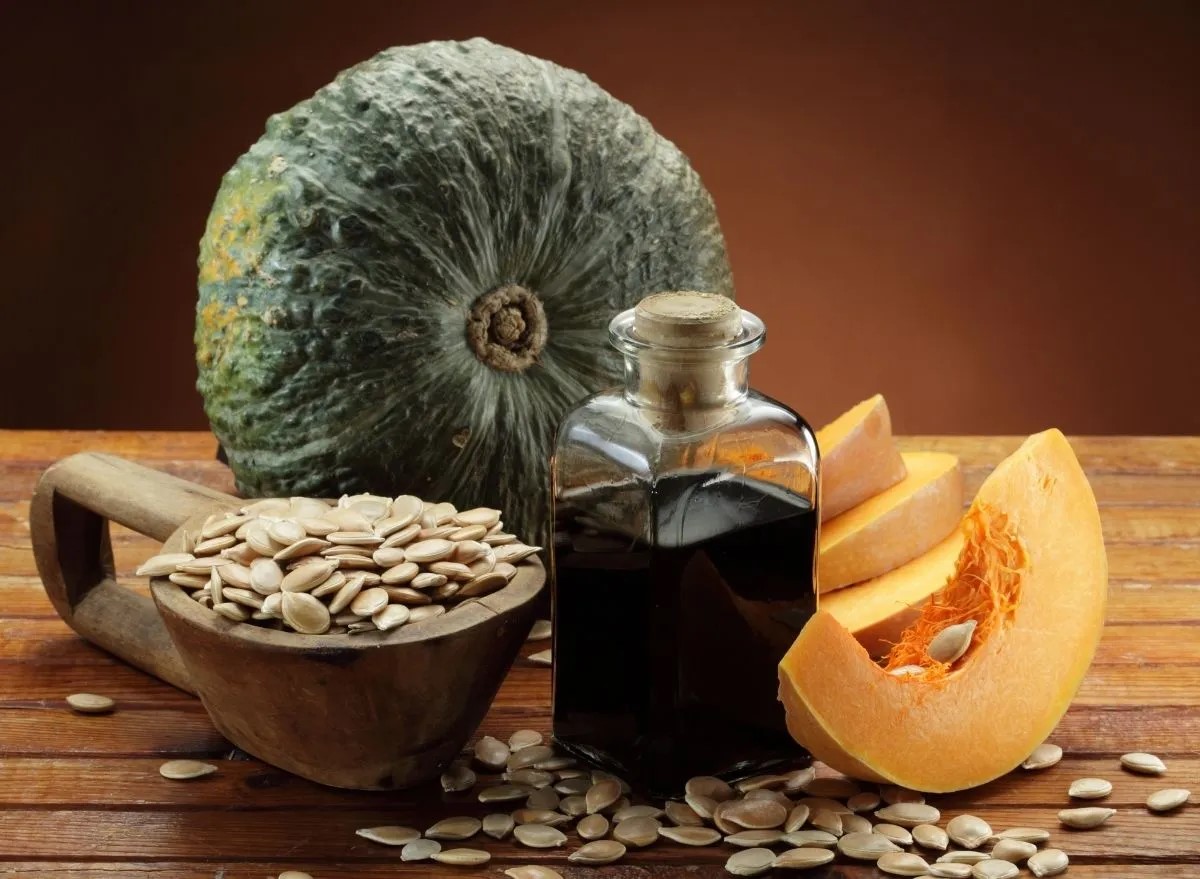
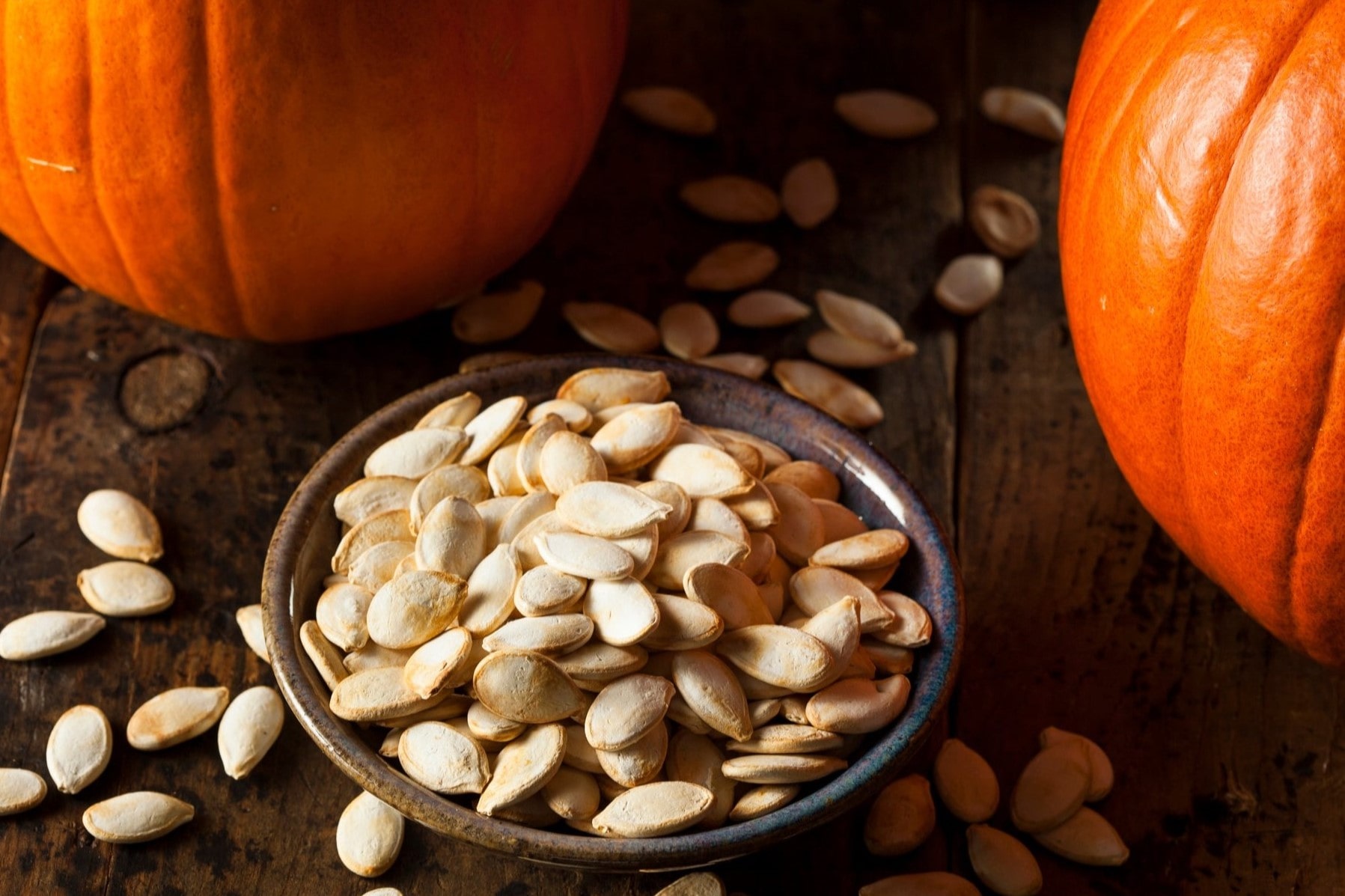
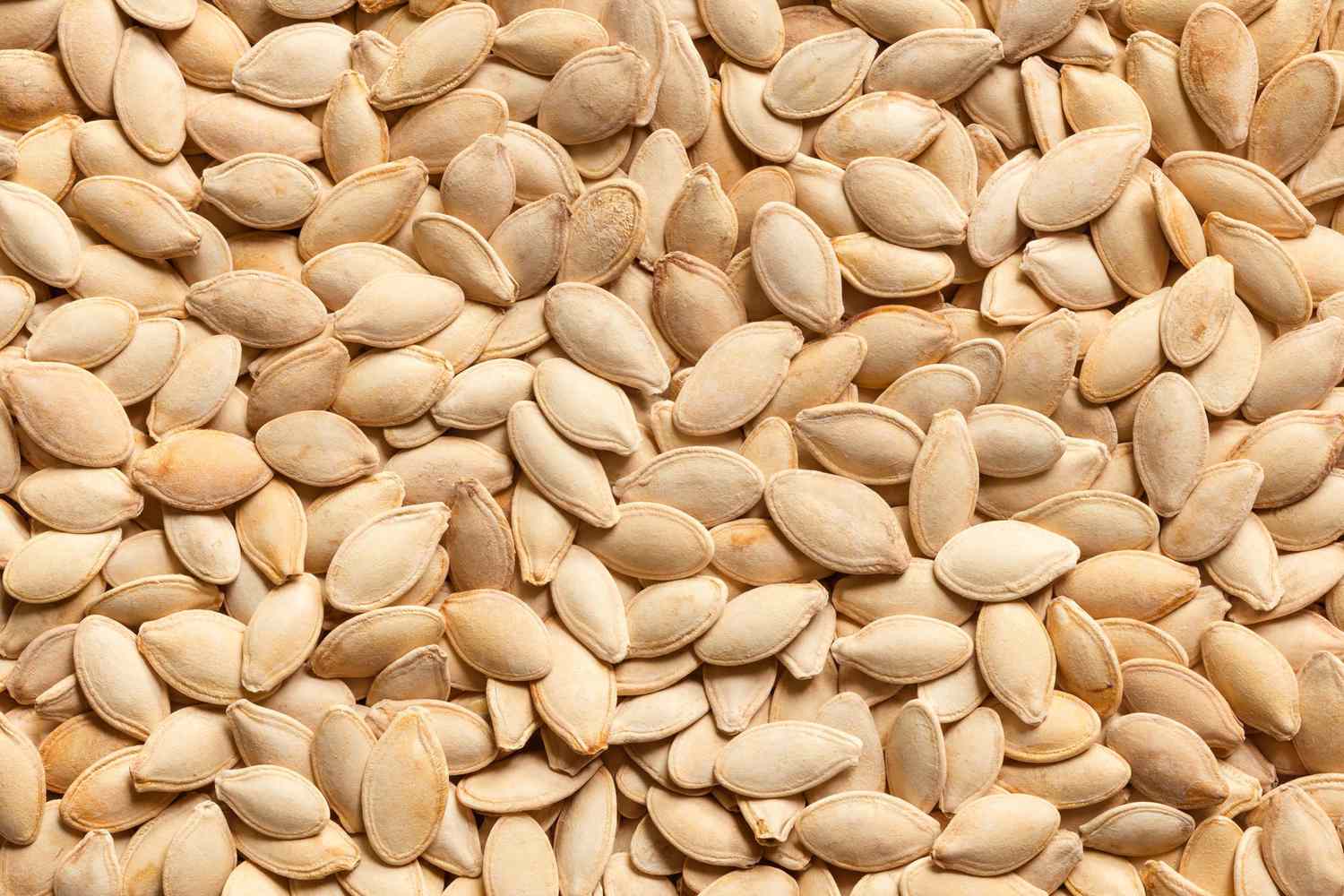
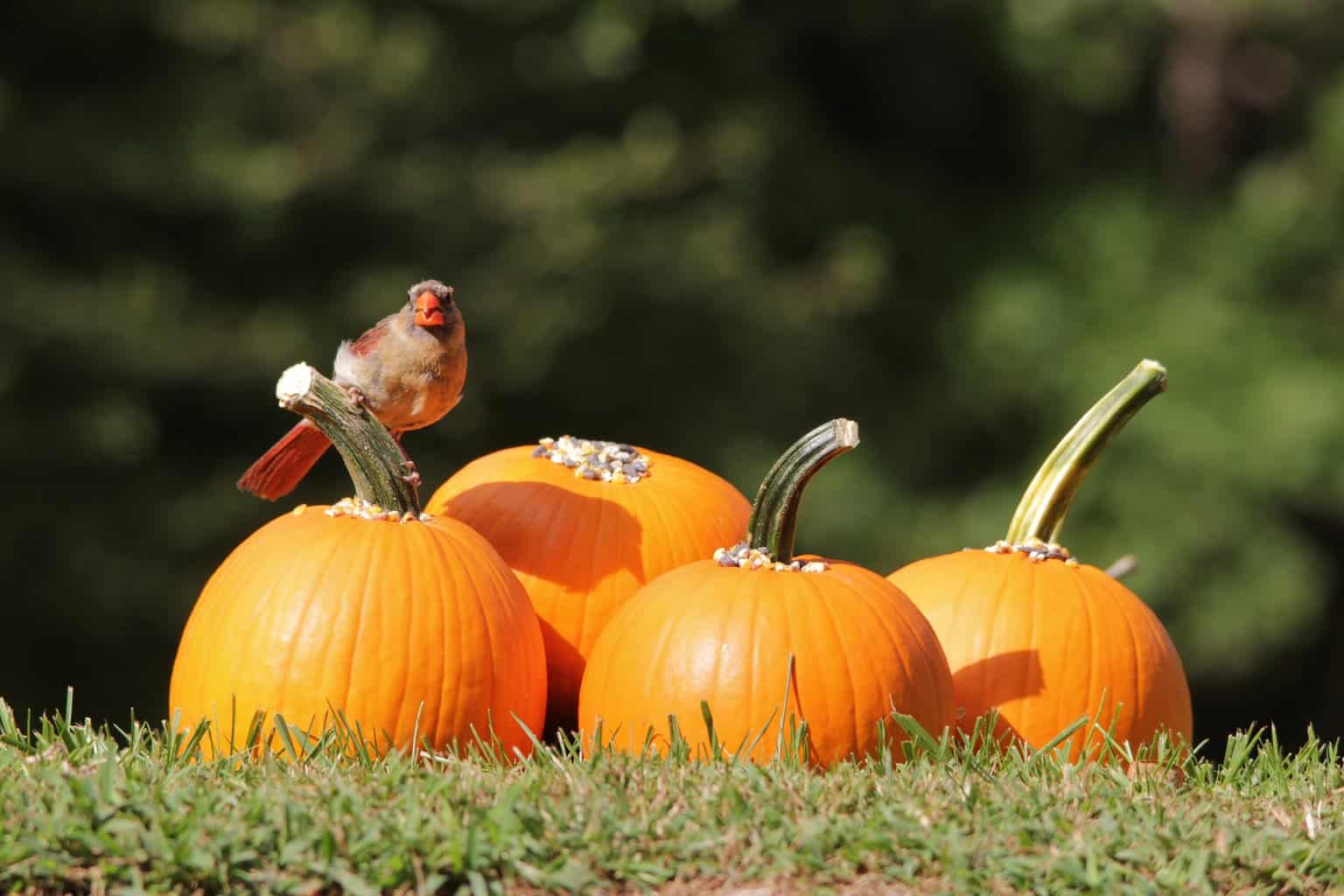
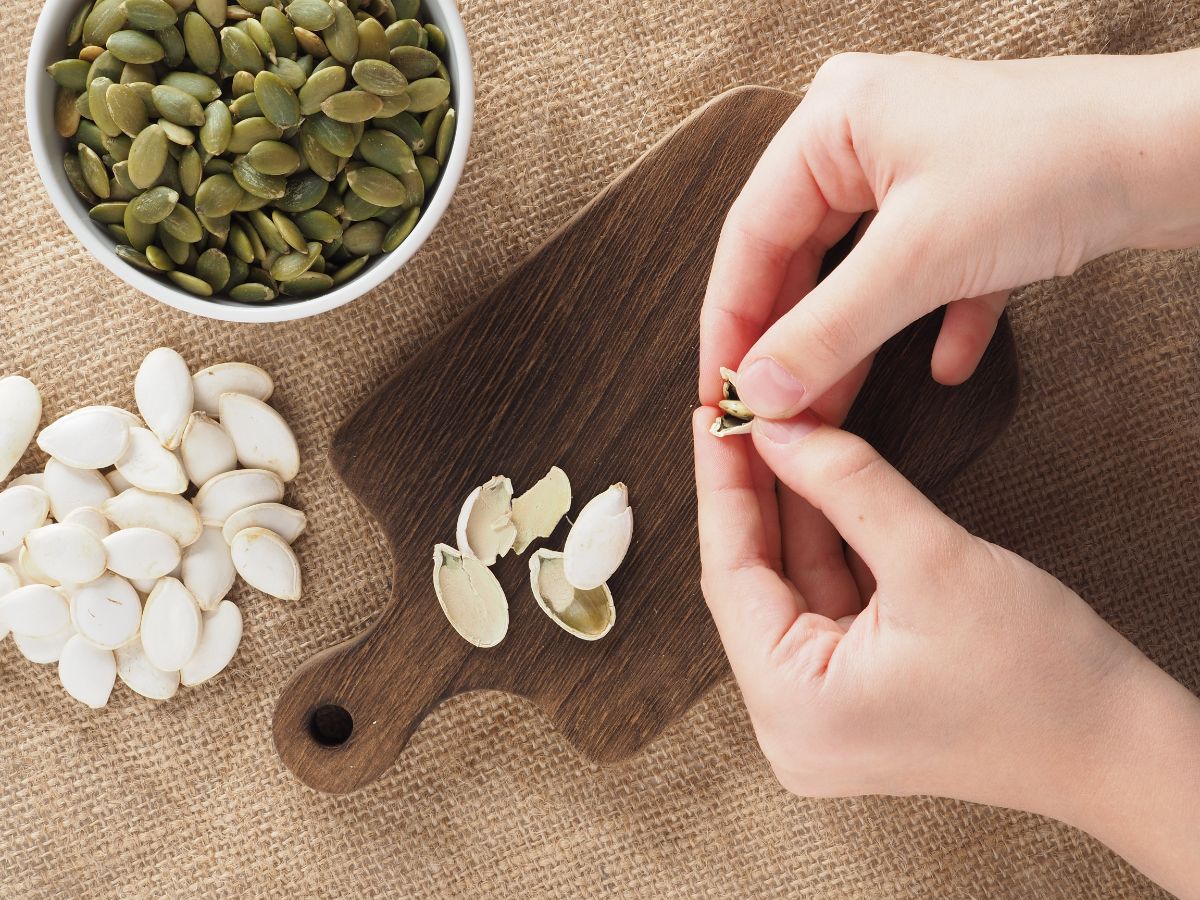

0 thoughts on “Why Are Some Pumpkin Seeds Green”